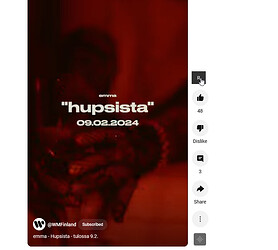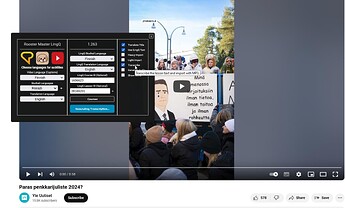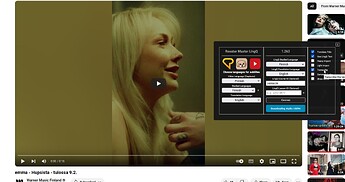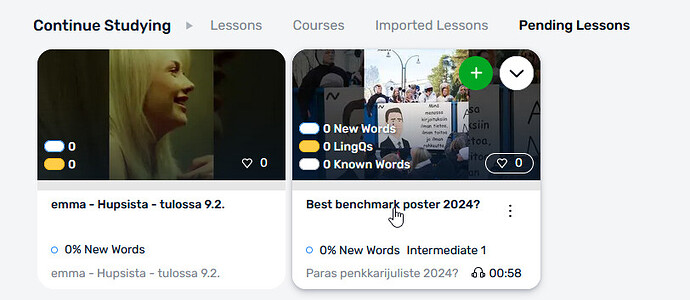I find you amazing.
I concur with your initial thoughts completely, especially the need to pre-transcribe and being a step-ahead in processing for prepping up the consumption of what’s [likely] next in guiding the user down the rabbit hole of the time sink into content.
Anyhow, I think a focus on Shorts would be powerful because their dopamine generation. I’m not saying this is ideal from an effectiveness of learning perspective, I’m just thinking if someone creates a simple, clean, non-interfering tool and user experience of consuming Shorts in a second language, where the language acquisition tooling is ambient and “barely there,” I think that’ll be a game changer.
I could see a leading language learning platform then loving their branding of such a tool, for brand awareness and loyalty as well as for lead generation and maybe stickiness too.
The whole school of thought of “comprehensible input” is based upon “content that you find interesting.” It’s thus paradoxical in 2024 that the little dopamine hits of Tiktok and Shorts and that have yet to be well tapped into for comprehensible input-based language acquisition with high intentionality.
The social media platforms, with their advanced personalization, suck people into the rabbit hole really, really well. This has yet to really be tapped into for language acquisition tools, yet such as Language Reactor appears quite aware of the benefits of digital-era “immersion”–where YouTube (or whatever) is never left to participate in aided language acquisition. To me, LingQ and its separate app-based book shelf presentation of tiles of lessons looks antiquated. I believe the future’s much more in experiences in the ambience of the media platform, such as what you’re doing with “interactive subtitles” in leading the charge.
Imagine Shorts, right there in YouTube, having pre-transcribed, pre-processed, quick yellow word/blue word subtitles flowing and just a few simple hot keys for word look-ups and quick rewinds, but the Shorts experience otherwise hardly changed and highly, highly addictive.
Especially for English, what percent of Shorts are watched by a person in a second language? Isn’t that the TAM?




